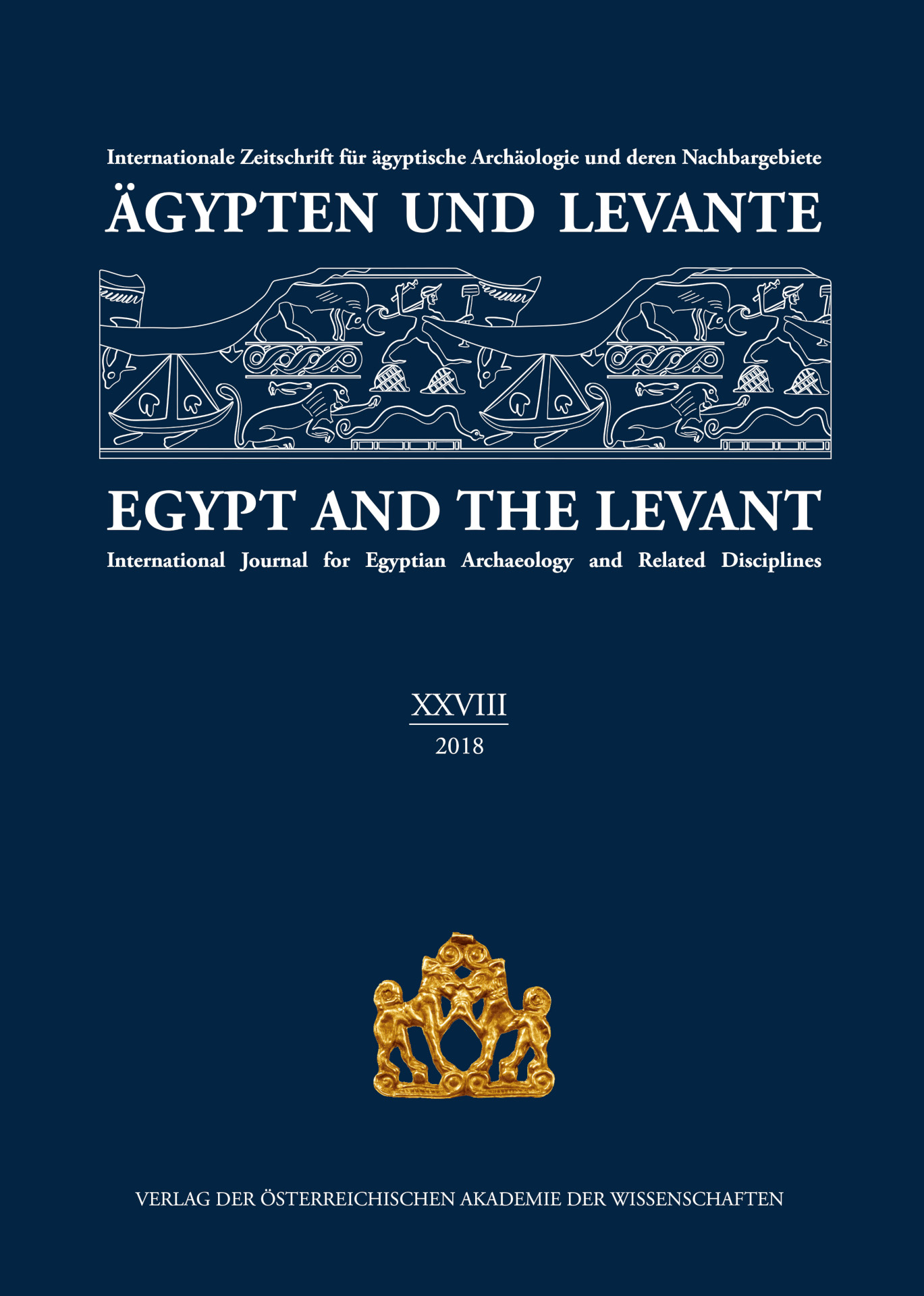
Ägypten und Levante 28, pp. 235-258, 2019/02/26
Internationale Zeitschrift für ägyptische Archäologie und deren Nachbargebiete
International Journal for Egyptian Archaeology and Related Disciplines

Gates are an integral part of settlements and installations. They can reflect the inhabitants’ perception of their neighbours and the state of defence technology. Because of that it is necessary to use a consistent system to describe gates in order to compare them and beyond it, to draw conclusions from their composition. This paper outlines a newly innovated gate typology developed first for Egyptian gates of fortified installations of the Middle and New Kingdom but with the desire to be used as a system to describe other (non-Egyptian) gates as well. This typological system uses an add-on principal that allows needed adaptations for any gate description, like adding further architectural elements. The about 40 presented Egyptian gates will be described with 6 major types, whereas each type can be subdivided into dependent types to specify the appearance of a gate more detailed. The analysis revealed that all 6 major types can only be identified during the Middle Kingdom, whereas the variety of types is more limited during the New Kingdom.
Keywords: fortification, military, gates, architecture, Middle Kingdom, New Kingdom, Nubia, Egypt, Sinai, southern Levant